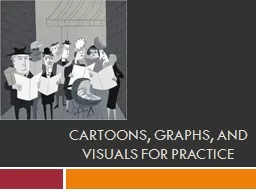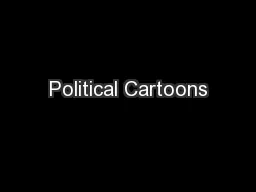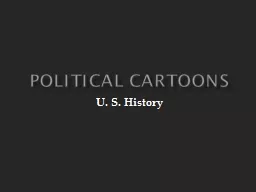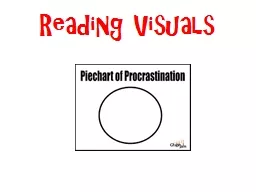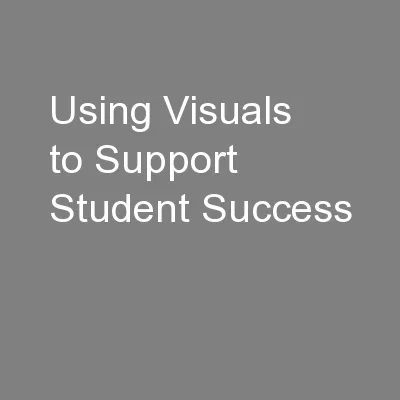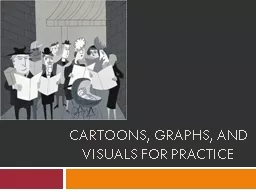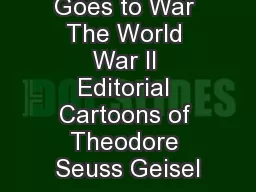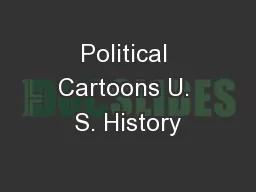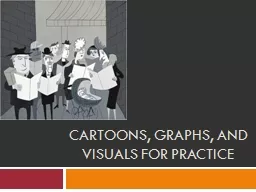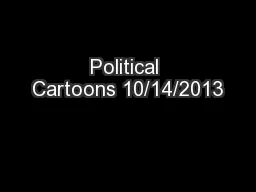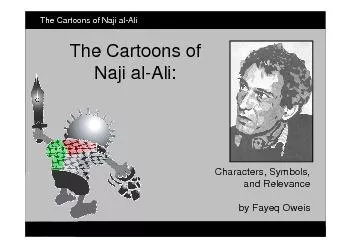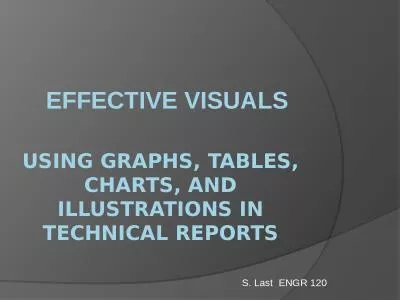PPT-Cartoons, Graphs, and Visuals for Practice
Author : pasty-toler | Published Date : 2018-10-22
From January 2009 The Question Based on information shown in these maps the change in the Balkan states between 1914 and 1930 is a result of 1 the end of World War
Presentation Embed Code
Download Presentation
Download Presentation The PPT/PDF document "Cartoons, Graphs, and Visuals for Practi..." is the property of its rightful owner. Permission is granted to download and print the materials on this website for personal, non-commercial use only, and to display it on your personal computer provided you do not modify the materials and that you retain all copyright notices contained in the materials. By downloading content from our website, you accept the terms of this agreement.
Cartoons, Graphs, and Visuals for Practice: Transcript
Download Rules Of Document
"Cartoons, Graphs, and Visuals for Practice"The content belongs to its owner. You may download and print it for personal use, without modification, and keep all copyright notices. By downloading, you agree to these terms.
Related Documents

